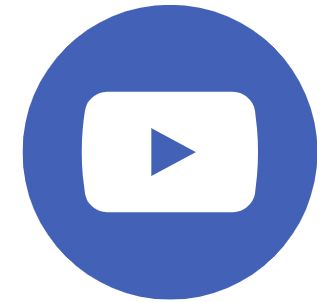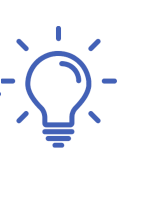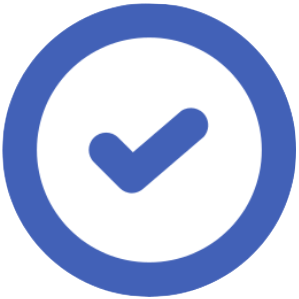 YOUTUBE VIDEO:
https://www.youtube.com/watch?v=WRoraxSmT-M
YOUTUBE VIDEO:
https://www.youtube.com/watch?v=WRoraxSmT-M
 Conspiracy Theories ESL Lesson Plan Description
Conspiracy Theories ESL Lesson Plan Description
OVERVIEW & OBJECTIVES
This ESL lesson plan on conspiracy theories offers engaging activities, PDF worksheets, and digital materials designed for advanced C1 students. In this lesson, students will:
- Discuss popular conspiracy theories and their common characteristics.
- Expand their vocabulary related to conspiracy theories and investigative language.
- Watch a video that explores the nature of conspiracy theories and their impact.
- Practice analyzing and debating conspiracy theories using critical thinking.
- Engage in an investigative activity where they research and present their own conspiracy theories.
PREVIEW & DISCUSSION
To begin this ESL lesson on conspiracy theories, students engage in a preview activity where they discuss well-known conspiracy theories, including the Moon Landing, Roswell/Area 51, and the Illuminati. In the first part, students share their knowledge of these events or speculate about common conspiracy theories associated with them, encouraging conversation and critical thinking. The next part introduces a set of questions to help students reflect on the nature of conspiracy theories. They are asked to define what makes a theory a "conspiracy theory" and to explore additional examples. The discussion also touches on the difficulty of distinguishing between plausible and ludicrous theories. Finally, students rank the plausibility of several conspiracy theories, fostering debate and a deeper understanding of the subject.
VIEWING ACTIVITY
In the viewing activity, students watch a video that delves into the world of conspiracy theories, examining how they spread, why people believe in them, and the potential dangers they pose. The video explains the common traits of conspiracy theories, highlighting how they can shape social identities and influence decision-making. After watching the video, students answer questions to assess their understanding. They first define what conspiracy theories are and identify their key features. They then explore how conspirators are often depicted and give examples of these characterizations. Following this, students engage with a true/false activity, determining the accuracy of statements about conspiracy theories and correcting any false information. Lastly, students complete sentences from the video by filling in missing words to reinforce key concepts and vocabulary.
DISCUSSION & READING EXERCISE
Following the video, students participate in a discussion about their personal views on conspiracy theories. They are encouraged to reflect on whether they believe in these theories or remain skeptical and explain their reasoning. The discussion extends to the psychological, social, and cultural factors that might contribute to people's belief in conspiracy theories. Students also read a text about the moon landing conspiracy and analyze the argument by defining key vocabulary words and categorizing different elements of the conspiracy. This helps deepen their understanding of how conspiracy theories are constructed and debunked.
UNMASK THE TRUTH: CONSPIRACY THEORY INVESTIGATION
For the activation stage, students engage in an investigative activity called "Unmask the Truth." In Option A, students select a conspiracy theory, research its details, and present their findings, including the conspirator's plan, methods of secrecy, evidence supporting the theory, and counterarguments. They also explore how the theory can be debunked. In Option B, students engage in discussions about various conspiracy theories, analyzing their plausibility and discussing whether they believe the theory to be true or outlandish. Throughout the activation stage, students use vocabulary from the lesson, such as "orchestrated," "kept under wraps," and "scrutinized," to enhance their language skills and critical thinking abilities.
BENEFITS OF USING THIS ESL CONSPIRACY THEORIES LESSON PLAN
This ESL conspiracy theories lesson plan offers a range of benefits for teachers. First, it engages students by encouraging critical thinking and debate, making complex topics more accessible and stimulating. Second, it helps expand students' vocabulary with specialized terms related to conspiracy theories and investigative language. Third, the lesson promotes listening and comprehension skills through video-based learning. Fourth, it encourages students to engage in discussions that draw on personal opinions, fostering language fluency. Lastly, the lesson includes activities that challenge students to research, present, and debate, developing both their speaking and analytical skills.
 Video Description
Video Description
 Lesson Activities
Lesson Activities
Conspiracy Theories, Investigations, Belief Systems, Media Influence
Short Answers, True / False Statements, Gap-Fill
Participial Adjectives / Verbs, Conspiracy Theory Vocabulary
Conspiracy Theory Research/Discussion, Quiz & Review, Lesson Reflection
 Lesson Topics
Lesson Topics
Conspiracy Theories


 Like us on facebook
Like us on facebook
